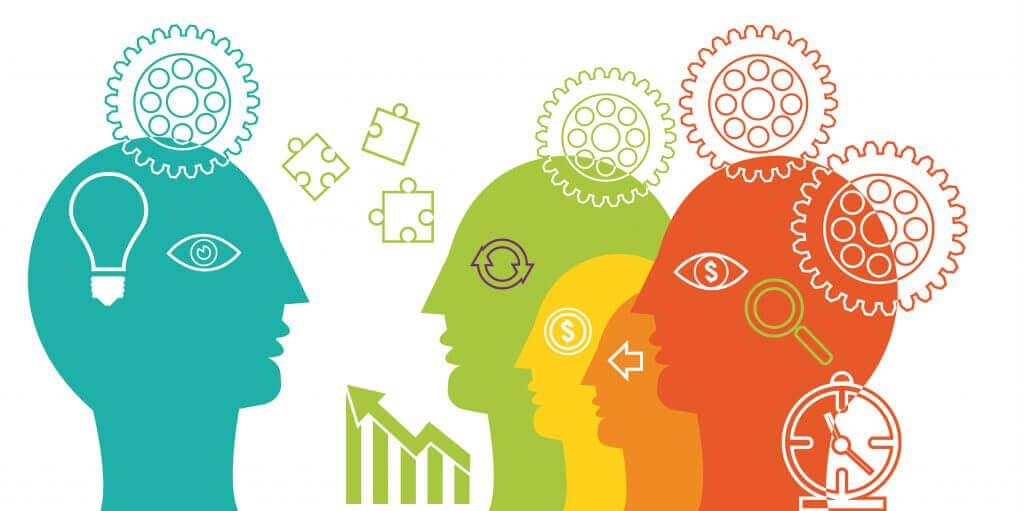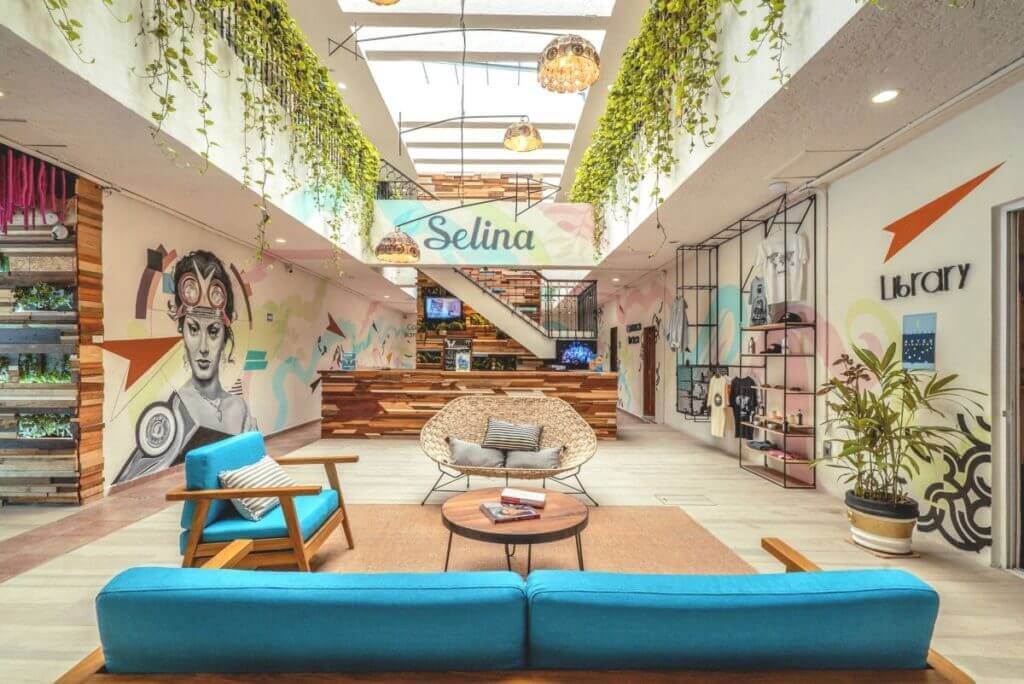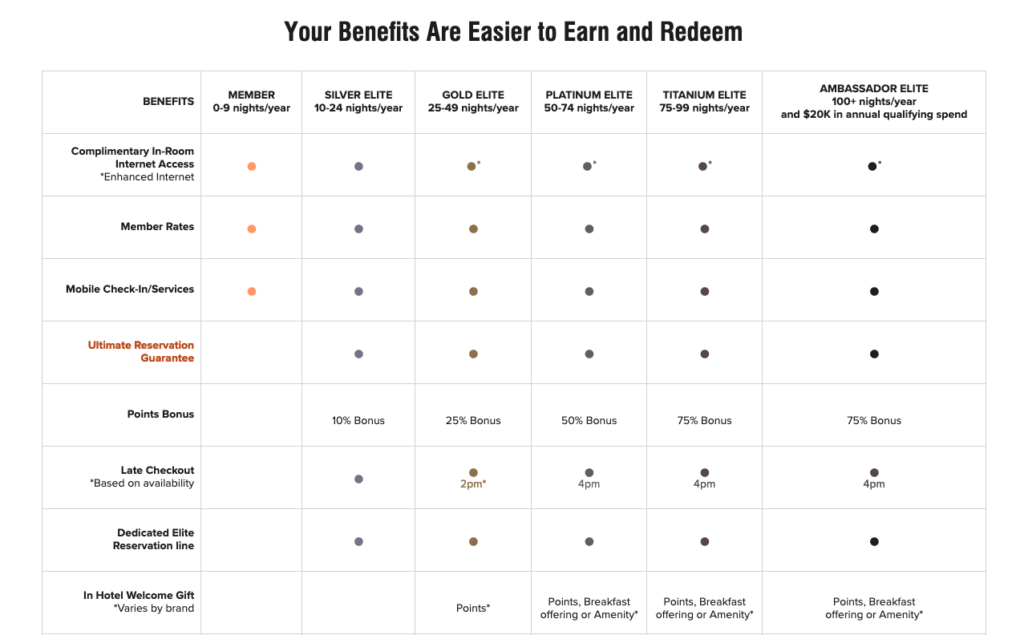
Travelers today have access to considerably more information than they did during the early days of loyalty programs and are more reliant on reviews and user-generated content (UGC) than on brand names alone when making hotel choices.
NB: This is an article by Agnès Pierre-Louis, Senior Consultant in the Miami Office of Horwath HTL
Also, when it comes to rewards programs, travelers have increasing options, with a variety of point-earning opportunities such as credit cards with compensation schemes and online travel agencies (OTA) reward programs. In fact, consumers are usually members of multiple rewards systems and use them selectively. How then can hotel companies today expect to drive consumer loyalty and does it even matter?
Do Rewards Drive Loyalty?
According to the Merriam-Webster dictionary, “loyalty” would imply a “faithfulness that is steadfast in the face of any temptation to renounce, desert, or betray.” Loyalty is deemed necessary as it drives repeat business and is expected to increase referrals, thereby lowering the costs of customer acquisition. In the service industry, the subject of loyalty has long been debated and scholars generally agree that one precursor of loyalty is high customer satisfaction levels, i.e. when service delivery exceeds service expectations and warm feelings occur. In the case of hotel companies, the services delivered to guests during their stay (i.e. on-site service delivery), would be an essential component of guest loyalty. The concept of loyalty also designates future intent. A loyal customer can be turned into a powerful brand ambassador and salesperson, and such behavior is influenced by the nature of the relationship with the brand.
While it is generally accepted that reward programs generate redemption rooms business for chain properties, it is unclear whether the programs can drive true customer loyalty. Todays’ rewards models play into the basic human behavior patterns that we like to win and are intrinsically afraid of losses. “Free” perks and benefits help minimize the risk of making poor decisions – the possibility of a loss. Even when the incentives do not appear logical, we usually justify our choice by overemphasizing the gain. A couple of months ago, I received an e-mail from an airline company offering to maintain my yearly platinum status for $800 as I had not quite reached the required miles quota. I was tempted to accept the offer but, was boarding in “Group 3” instead of “Group 4” really worth the price?
Maybe not. But the allure of a “free” miles ticket surely was… As a member of the airlines’ preferred rewards program, I do check their website for flight availability first (and I do usually book their services). However, in this case, I am unlikely to recommend their service as an airline. In fact, the company’s points system and convenience of routes on the east coast of the United States are really the only reasons I choose to fly with them. Their services usually rate below my expectations, and we maintain a love-hate relationship.
Author and behavior economist Dan Arley proposes in his book, “Predictably Irrational,” a framework to better comprehend the relationship between businesses and consumers. According to Arley “we live simultaneously in two separate worlds: one where social norms prevail and the other where market norms make the rule.” “Social norms are wrapped in our social nature and need for community. They are usually warm and fuzzy. Instant paybacks are not required. (…) In the market world, the exchanges are sharp-edges: wage, prices, rents, interests and cost-and-benefits. Such market relationships (…) imply comparable benefits and prompt payment.” The author further explains that companies that have marketed themselves as social companions can enjoy several benefits, including increased loyalty.
In the travel industry, OTAs and the larger airline companies offer principally transactional type exchanges where bookings are rewarded instantly with points or cash equivalents. Hotel companies have mostly taken a different approach. Ritz Carlton famously developed the motto, “We are Ladies and Gentlemen, serving Ladies and Gentlemen” which has now been picked up by Marriott. The owning company’s Golden Rule “treating others like we would like to be treated,” increasingly positions the company as “a companion.“
The trend to market hospitality firms in the social world is also being pushed through the development of lifestyle products, where brands interpret the personality traits of their target segments. Room Mate Hotels (2008) was one of the first companies to promote the idea of branding hotels like “friends” and assigned names of people to each of its properties. In addition, brands catering to millennials are not only expected to reflect consumer values but also bring together a community of like-minded individuals. Generator Hostels, Moxy by Marriott, Joe & Jo by Accor, and Selina, all showcase individuality in the design of each property and promote social spaces and activities.

The Social Friendship Between Hotel and Guest
While the relationship between a lifestyle brand and the consumer is often social in nature, the relationship becomes more complicated when the lifestyle brand integrates a larger hospitality company. Traditionally, the big brands have celebrated the independence of their new recruits as customers of lifestyle products did not necessarily identify with the parent firm. This was the case when IHG acquired Kimpton in 2015, and the merger caused quite a stir with Kimpton’ s fan base. However, to increase cross-selling opportunities and drive shareholder value, the customer’s relationship with the overarching brand needed to be strengthened.
Loyalty programs have become the backbone of many different hotel companies’ master strategies and are an essential selling feature to franchisors. Also, integrating reward programs is one way to help steer the consumer relationship back to the parent company. In 2018, IHG finally integrated Kimpton Karma Rewards into its own program, and earlier this year Marriott combined Starwood and Ritz Carlton reward members to create “Marriott BonVoy.” Hyatt is also expected to follow the trend, planning to join the Two Roads brand into the World of Hyatt program.
Yet, while many hotel branding companies have recently announced reforms in their rewards structures, their programs are still primarily based on a point redemption system – like the airline model. The chart below details a portion of the Marriott BonVoy member benefits by customer elite status ranking. Incentives to join the program include the promise of discounted rates and on-property perks.
Marriott BonVoy Member Benefits

While our analysis suggests that point and redemption programs are unlikely to drive loyalty, technology and the use of big data could change this. Marriott is now collecting customer information relating to 120 million customers, over 6,700 hotel rooms and 30 different brands.
Reward Program Members by Hotel Brand

How Should the Hotel Take The Next Step in this Relationship?
The greatest value in today’s rewards programs should lie in hotel companies’ ability to collect, store and utilize data more effectively to help brands offer guests more personalized experiences – all in an effort to surpass guest expectations and develop strong relationships.
However, as these relationships evolve, Arley warms of the dangers of fostering social connections with customers. Companies cannot have it both ways. “you can’t treat the customers like family one moment, and then treat them impersonally (…) when it is more convenient or profitable.” Hotel companies that operate a multitude of brands and often rely on third parties to deliver services, face an additional challenge of managing the social relationship across all entities: the challenge of keeping this relationship loyal.




